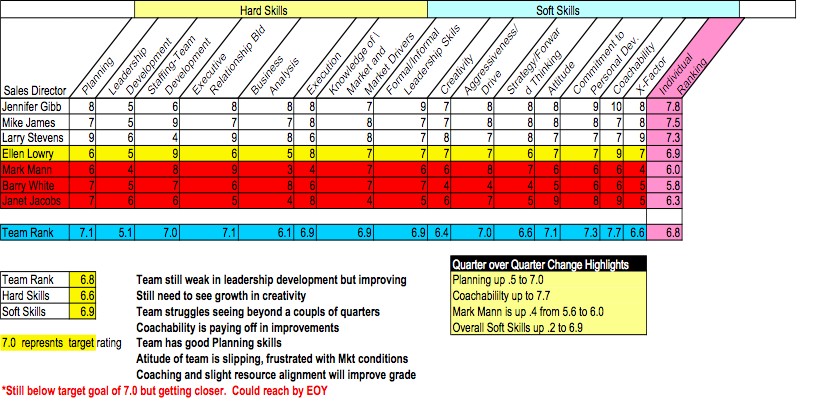One of the members of this community asked me if I’d do a post on scaling sales teams. I thought his question was a good one.
Would love to see you write a post on your thoughts on scaling a sales team that has been focused on the small to mid market and now is pushing into the enterprise space.
Be great to hear your learnings on types of people to hire, expectations on activity and expectations for speed/velocity of sales cycle.
I am sure there is variability based on product, but assume a $300k-$1mil software package is the product.
I find questions like this difficult. I like to know more. What is the product? What does it do? Why does it cost a million bucks? Who is the competition? How big is the market? How often do people buy the product? Is it a durable good, a service or something that is bought frequently? A lot goes into answering questions like this one. I don’t think they can be answered well or responsibly on a blog.
That being said, I want to be helpful. I want to at least provide some direction because it’s a great question. When a company changes direction like the one above, it’s critical to make sure the right people are in place.
Rule number one of scaling — you can’t scale overnight. To successfully scale your sales team, you have to be looking several moves ahead. Deciding you need a new sales team and thinking you can just turn it over in a few months is suicide and stupid. It won’t work. Scaling a sales team takes time and requires a focus on the skill transition. That leads us to Rule #2 — know what you have and what you need. The best way to do this is to take skills inventory. The best way to do a skills inventory is to use this:
I created this tool several years ago and I love it. The key to using this tool is the skill identification. If you’re scaling your sales team and feel you need different types of skills it’s critical to know what skills are required. Sit down with your sales managers and sales leaders and determine what specific skills are critical to selling the new offering or to selling to the new customer base. Separate hard skills from soft skills. Once this is completed, do the same thing for the old environment, then compare. Are you sure you need new people? Too often we assume we need different skills when we don’t.
If there is a difference in required skills, go ahead and put the names of the salespeople into the matrix and rank them across each skill set. Once ranked, you will quickly see where your gaps are, who is above the line, on the line or below the line. For those above the line, keep them. They’ll succeed in the new environment. For those below the line, move them out. It will take too long to bring the up. For those on the line make a case by case decision on whether or not they can be coached above the line or need to be let go.
The key part of this exercise is to do it early when you’re thinking you need to scale or you are about to make the move. Doing it early accomplishes a couple of things:
- You determine if you even need a “new” team
- It provides a great gap analysis
- It identifies how big any gap maybe
- You learn who is weak and is strong
- It gives you time to transition without huge risk
- It minimizes the tumult
- It increases the chance of being successful
I can’t tell you who to hire. I can’t tell you what traits to look for. I can’t say if you even need to scale. Those things require too much information, specific to the company and its products. But, this approach is definitely the best approach I know in HOW to go about it.
Start early, identify the skills needed to be successful with the change. Compare them with the skills the current team has. Is there a gap? Where is it? How big is it? Can you close it with your existing people? If not, make changes. Hire people with the skills in the matrix. It’s that simple — really!



